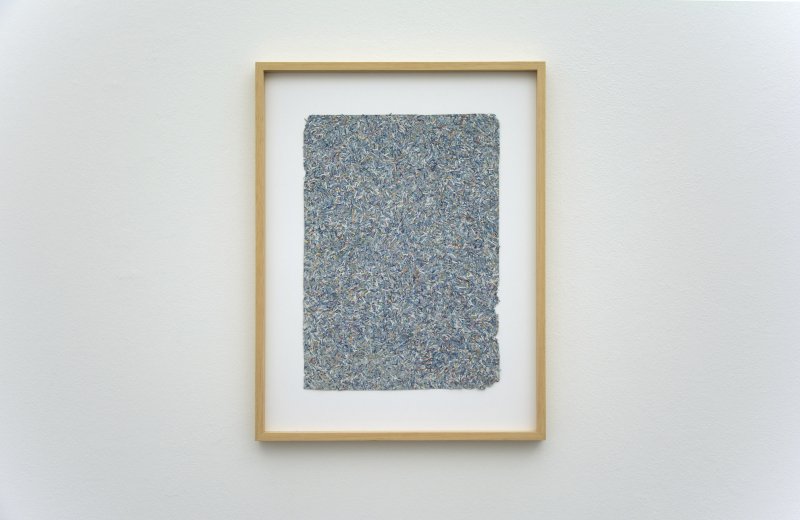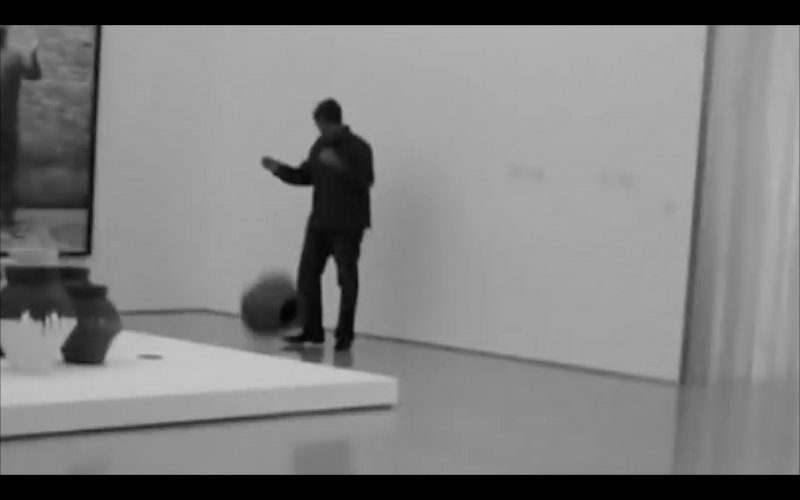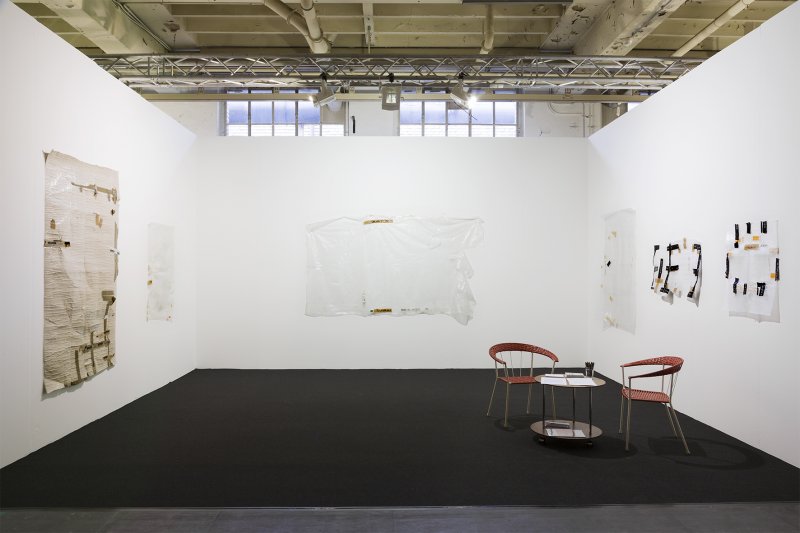Thomas Moor
We can’t really credit science for fixing something it ruined, unless... - Thomas Moor in Interview
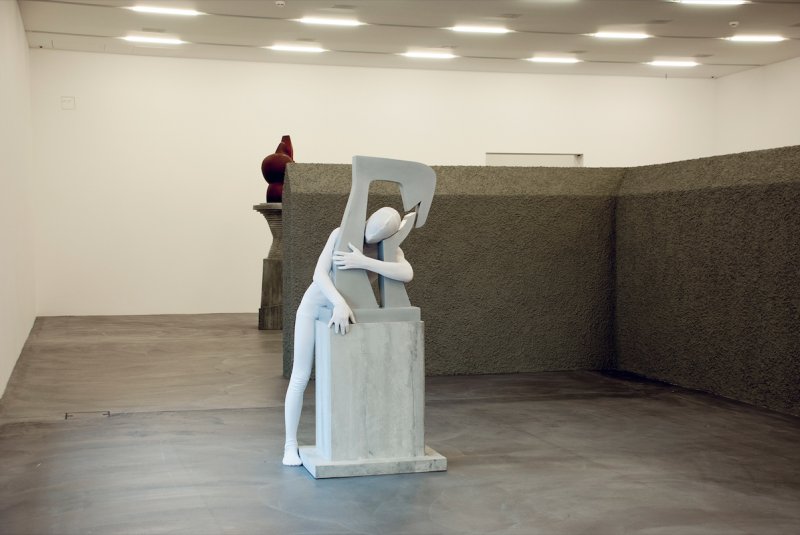
How would you describe the influence of social and economic issues in your work?
Thomas Moor (TM): The social and economic are two frameworks in which my practice navigates and exists, and therefore to a certain degree define its capacities. So it’s hard for me to separate them and see them as exterior influences.
Over the past decade, the link between art and science has been a topic frequently discussed. In this context, art has often been considered as an effective tool for the production of alternative forms of knowledge. How do you see this idea?
(TM): I’m not very drawn towards art that uses scientific "facts" or tools as a legitimization, but more towards the question of what these fields can learn from each other. How can we bring our specialties to the table to actually exchange, learn and grow rather than use it for credibility. The scientific "fact until proven wrong" exists within a mostly different model of truth than strived towards in arts, and those different models should challenge each other rather than leaning on each other for clout. If we loosen up the term art a bit, a wonderful example of a collaboration between science and art was The Inner Life of the Cell, an animation by XVIVO from 2011 for Harvard University. It proposes a visual imagination of processes inside of cells that not only is an interesting accessible educational video but also has amazing animations.
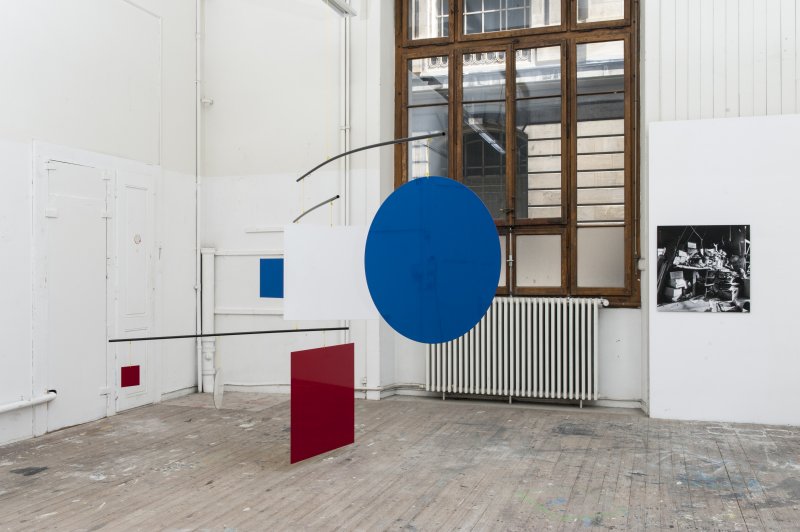
Can science save humanity? What types of discoveries would you find convincing for this?
(TM): Science created airplanes and plastic bags, too. We can’t really credit science for fixing something it ruined, unless we completely separate science from its markets. Science fiction may have that kind of power though.
At what level do you think art can contribute to social and ecological change?
(TM): As long as we’re actually talking about art that considers these questions rather than only illustrating them, I believe it can impact a lot. From the Diggers in San Francisco in the 1960ies to the Guerilla Girls, to Forensic Architecture, I have to believe in this potential, else the whole political agenda of art would be boiled down to pure cynical decoration.
Could you share here three articles and two videos that reflect your current research and/or issues that inspire you?
(TM): Brad Troemel:
(TM): Brad Troemel and its paywall instagram account (@aurorra60506)
https://youtu.be/fh2cDKyFdyU Adam Curtis: Hypernormalisation, 2016
https://youtu.be/wJyUtbn0O5Y MIT, XVIVO animation, The Inner Life of the Cell, 2011
https://youtu.be/fYhg2qCKqEE Autofälscher in Bangkok (2018) - Sportwagen zum Schnäppchenpreis
https://youtu.be/nNS3ye93eZA Future: Never Stop, 2019
This interview is part of a curatorial research project supported by Pro Helvetia

